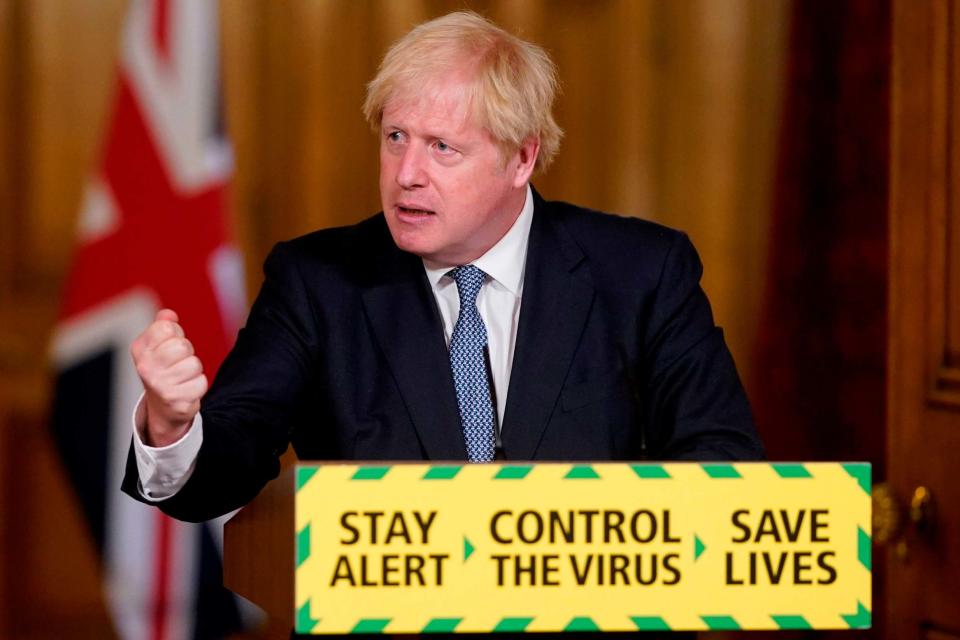Early indications suggest ‘coronavirus transmission rates may be increasing’

Early indications show that the number of coronavirus transmissions may be increasing.
The Government Office for Science and the Scientific Advisory Group for Emergencies (Sage) does not "have confidence that R is currently below one in England."
Although the growth rate of coronavirus transmission in the UK remains unchanged since last week, members said there are signs that this value is on the rise.
It comes as the reproduction number, referred to as R, for England is shown to be between 0.8 and one in official Government data.
Speaking about the R and growth rate figures - which were provided by the Scientific Pandemic Influenza Group on Modelling (SPI-M) - a spokesman said: “A growth rate between minus 1 per cent to minus 4 per cent means the number of new infections is shrinking by between 1 per cent to 4per cent every day.
“However, we are starting to see early indications that these values may be increasing.

“This is not yet reflected in these estimates because the data used to calculate R and growth rate reflect the situation from a few weeks ago.”
The figures for both R and growth rate are calculated using different models, with data gathered from multiple sources, such as hospital admissions and deaths, admissions to the intensive care unit, as well as epidemiological data.
A time delay between initial infection and the need for hospital care usually means it may take between two to three weeks for the changes in the spread of Covid-19 to be reflected in the estimates.
But models that use Covid-19 testing data, which have less of a time delay, indicate higher values for R in England, the Government Office for Science statement said.
It added: “For this reason, Sage does not have confidence that R is currently below one in England.
“We would expect to see this change in transmission reflected in the R and growth rate published over the next few weeks.”
However, the Government officials and advisers said is also important to recognise that these are estimates, and there is a high degree of uncertainty with them.
The growth rate reflects how quickly the number of infections is changing day by day and, as the number of infections decreases, it is a way of keeping track of the virus.
If it is greater than zero, and therefore positive, then the disease will grow, and if the growth rate is less than zero, then the disease will shrink.
Dr Daniel Lawson, a lecturer in Statistical Science at the University of Bristol’s School of Mathematics said measuring infection rates can be difficult, adding that the ONS survey data provides some evidence of an increase.
He said: “When cases are low, the average reproduction rate can still be below one but we can see an increase in cases by chance, because cases tend to occur in bursts within a community, which should be captured if test and trace systems are working. We can also see an increase in cases by changes in testing or reporting.
“Decisions must be made in the face of this uncertainty, such as the announcement that the UK is pausing easing.
“Evidence from Europe implies that we should take the apparent increase seriously, as acting too late can make lockdowns longer and increase mortality.
“The UK is clearly close to the tipping point in which the infection grows.
”Whether local lockdowns and other actions are enough is as-yet-unknown. We should be prepared for further rapid action to prevent the infection from getting out of control again.”
The R number represents the number of people each Covid-19 positive person goes on to infect.
It does not indicate how quickly an epidemic is changing and different diseases with the same R can result in epidemics that grow at very different speeds.
However, there is some regional variation between the figures.
Read more
Covid-19 is 'bubbling up a little' in up to 30 areas of UK, warns PM
Further easing of lockdown restrictions postponed by PM- LIVE

 Yahoo Sport
Yahoo Sport 





































